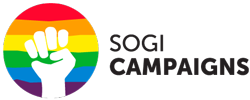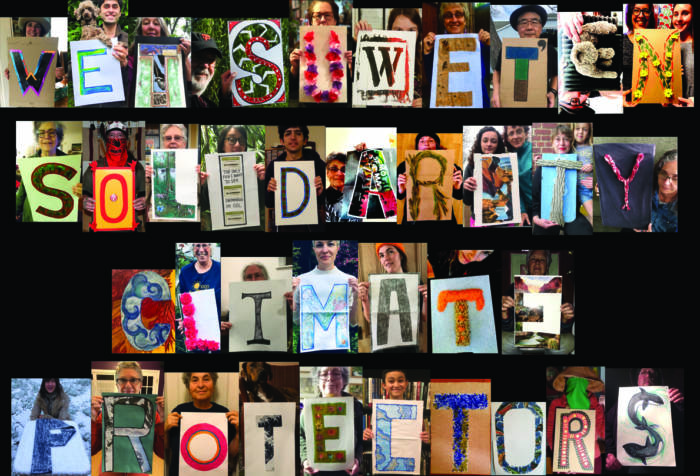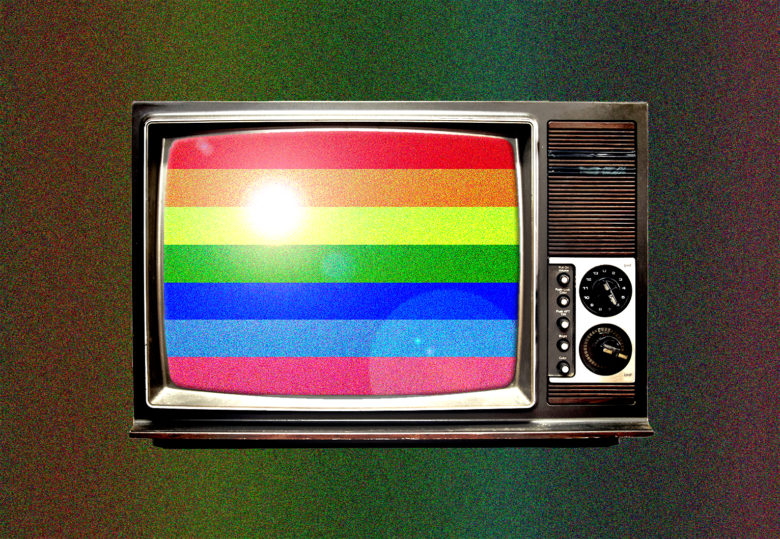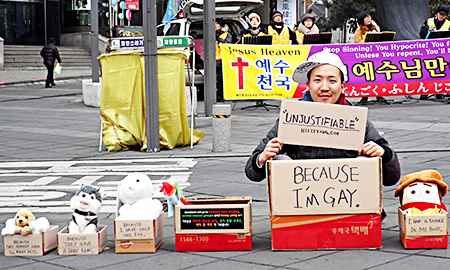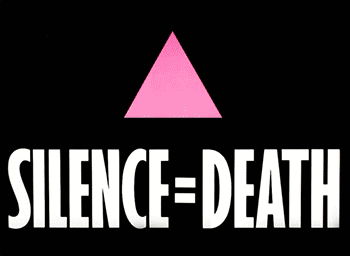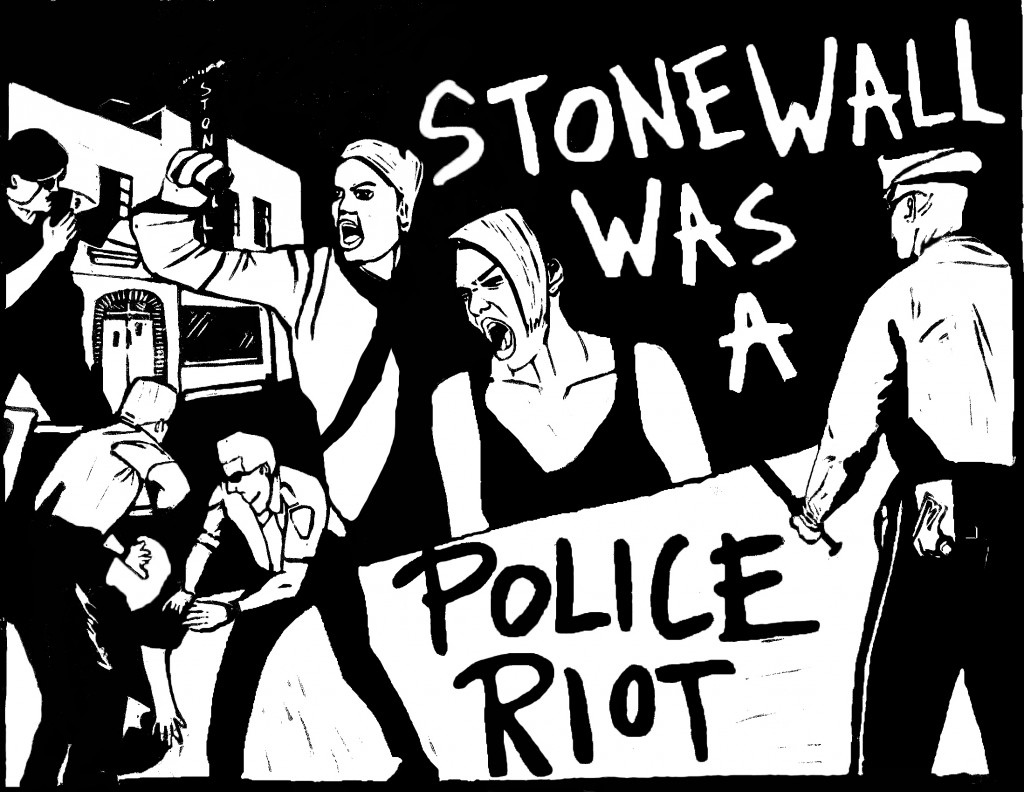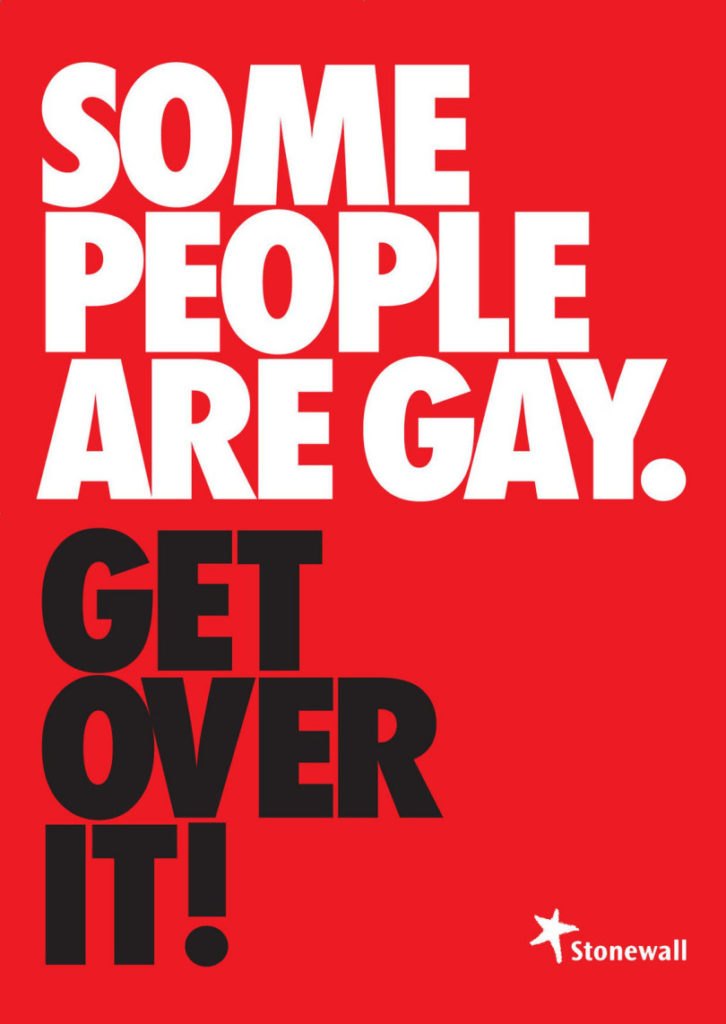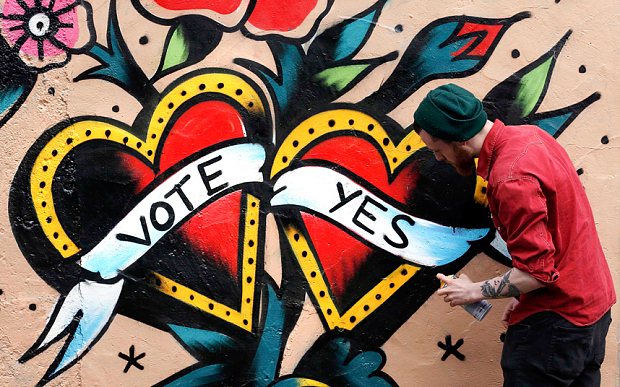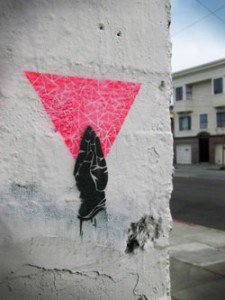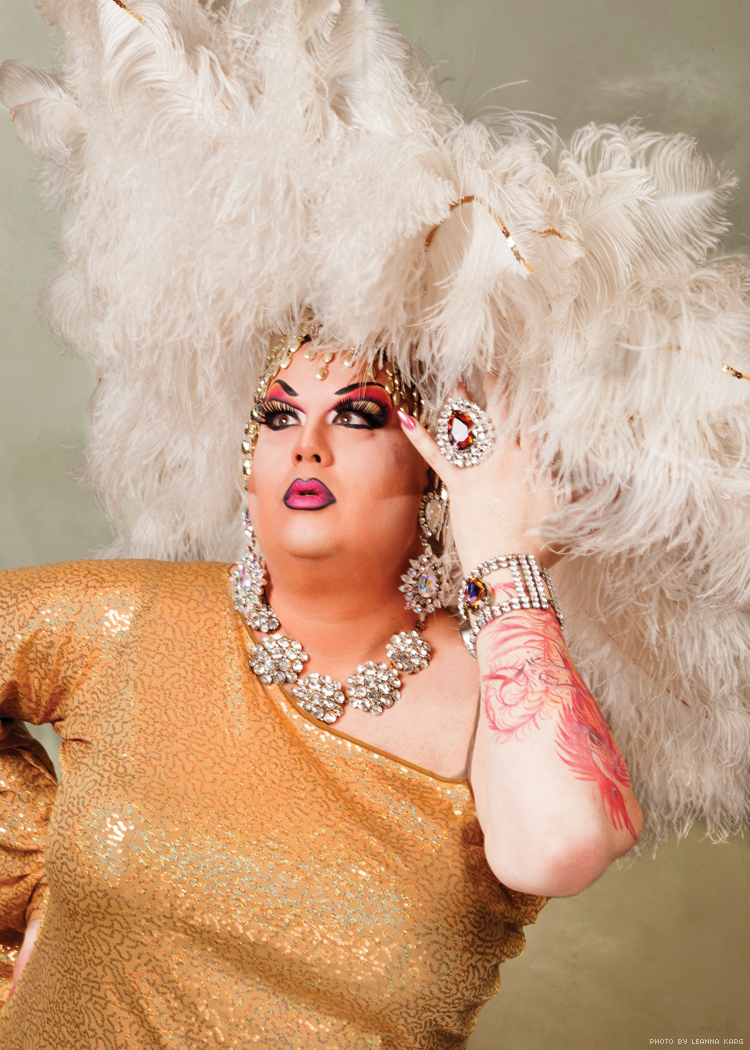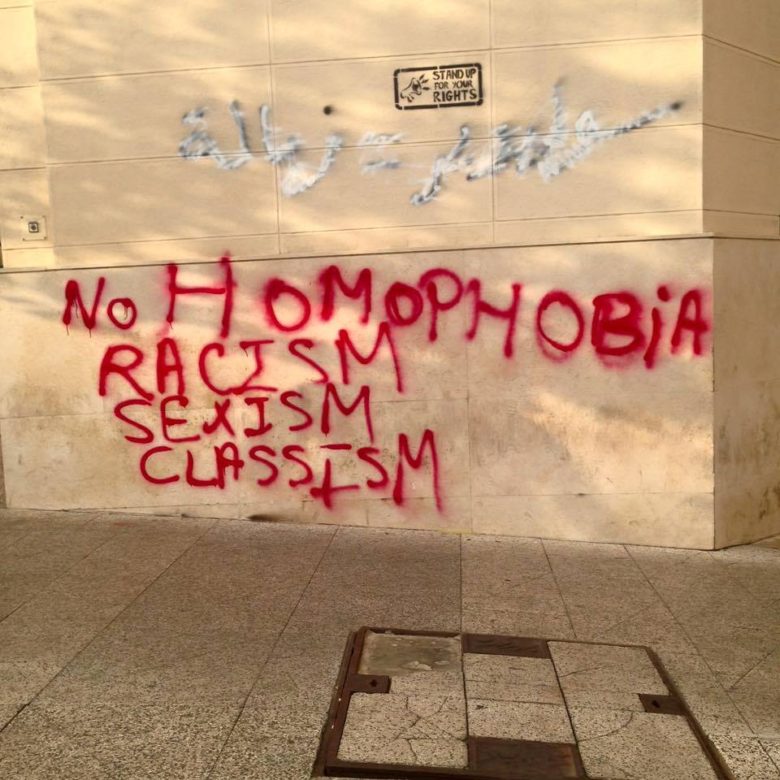Coronavirus COVID-19 related art to use for your campaigns
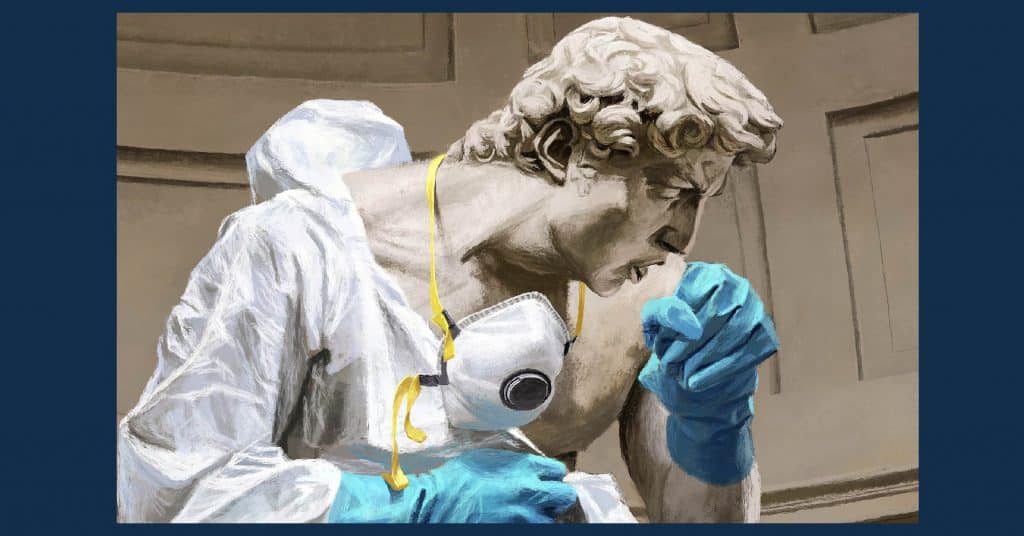
© Samson Goetze / Behance
This article by Antje Dun was published in The Commons social change library
Do you need to find images & artwork related to COVID-19? Here is a list of websites where you can find coronavirus-COVID-19 art to use for your campaigns. Click on the titles to link to the websites.
Graphics Care Packages, Just Seeds
Care Package 1: Free graphics related to COVID-19, healthcare, and solidarity/mutual aid.
Care Package 2: Free graphics focused on support for essential workers, rent strike, and mutual aid.
Care Packgage 3: Free graphics focused on the release of incarcerated people, self care, the importance of undocumented labor, rent strike, and solidarity.

Fight Corona with Art Initiative, Minty
Growing collection of free illustrations to help fight the spread of coronavirus by keeping people informed.
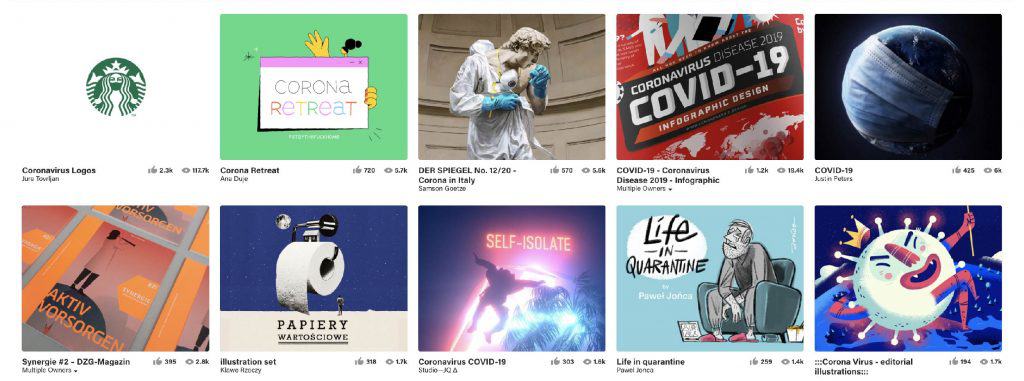
Coronavirus designs, Behance
Uploaded artworks from artists around the world about Coronavirus. To check if you can use image check the Copyright information at the bottom of the page of the artwork and/or contact the artist and ask permission.
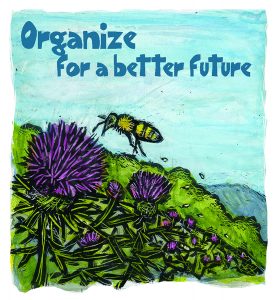
Ricardo Levins Morales Art Studio
Original mixed media illustrations by Ricardo Levins Morales – with messages for the difficult times of COVID-19.

Global Open Call for Art
Amplifier has launched an emergency campaign with top art curators and public-health advisors from around the world. They are looking for two kinds of work: The first are public health and safety messages that can help flatten the curve through education. The second are symbols that help promote mental health, well-being, and social change work during these stressful times. Artists are invited to submit their work. Amplifier will award $1,000 apiece to 30 artists, with 5 winning works announced each week, starting the first week of April.
All of the artwork retains the full rights to the artists so if you would like to use an artwork you will need permission from them. If you can’t find information for the artist you can contact Amplifier to be connected.
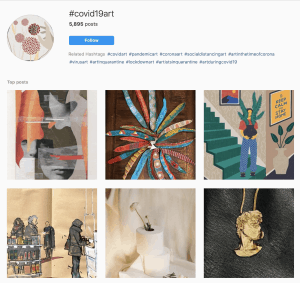
Artists on Instagram
Contact Instagram artists and ask for their permission.
